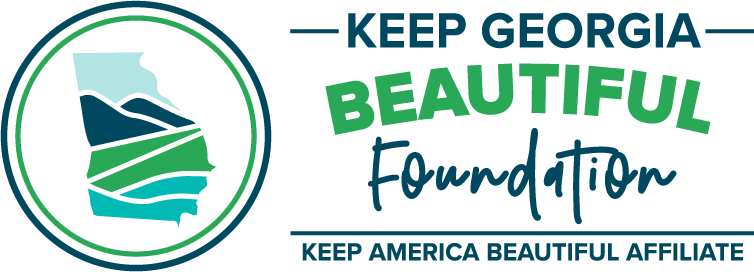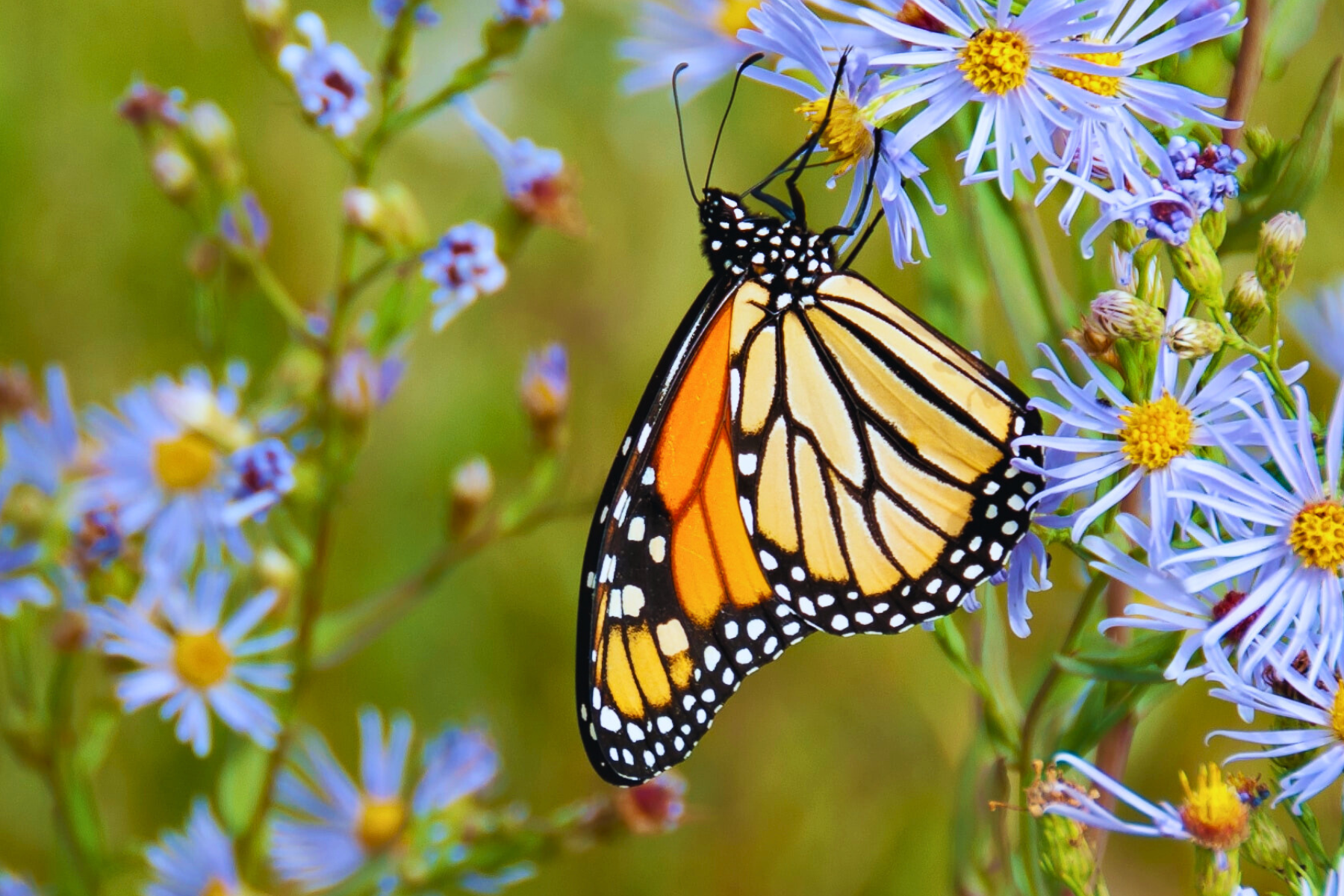How to Help Pollinators in the Fall
As cooler temperatures approach, it’s important to remember that many bees, butterflies, and birds remain in our gardens year-round. You can support their survival in just a few easy steps whether you have a porch, patio, or a yard full of blooms. Some of our methods will even save you some labor! Read them, take note, and watch your winged friends flourish.
1. Let leaves lie
If we had to sort these tips in order of importance, this one would stay at the top of the list! Some butterflies hibernate in chrysalises made from spent plant material like leaves and stalks, and caterpillars roll themselves inside leaves and seed pods. Other beneficial insects also overwinter in leaf piles. Instead of raking them up, consider leaving them through spring so these wonderful creatures can carry out their full lifecycles.
2. Save stems and seedheads
We’re used to keeping our outdoor spaces neat, but seeds from spent flowers are an essential food source for migrating birds and those that call your neighborhood home. Standing plant material offers them shelter as they forage, and hollow stems from native plants provide a much-needed habitat for bees.
3. Only mulch where needed
Mulching helps to protect the roots of your plants during cold snaps, but where possible, consider leaving parts of your garden bare. Bees often burrow in the ground as the weather starts to cool. By leaving patches of soil untouched, you’ll allow them to take shelter and stay warm.
4. Wet their whistles
Pollinators need water sources beyond the heat waves of summer just like people do. If you have enough space, you can purchase a bird bath, but in a pinch, a shallow tray placed in the shade will do the trick. Just remember to refill it every few days to keep it from getting stagnant.
5. Plant for all seasons
If you’re new to gardening, remember to select a variety of flowers so you have blossoms throughout the spring, summer, and fall. It’s the perfect time of year to plant milkweed and shrubs like butterfly bushes, and if you have a smaller space or don’t have your perennials established yet, ask your local nursery what potted plants they have available that will attract bees and butterflies. Your pollinator paradise awaits!

